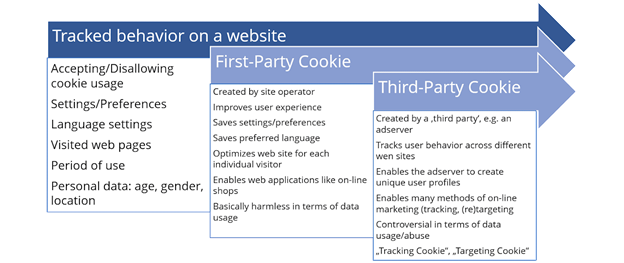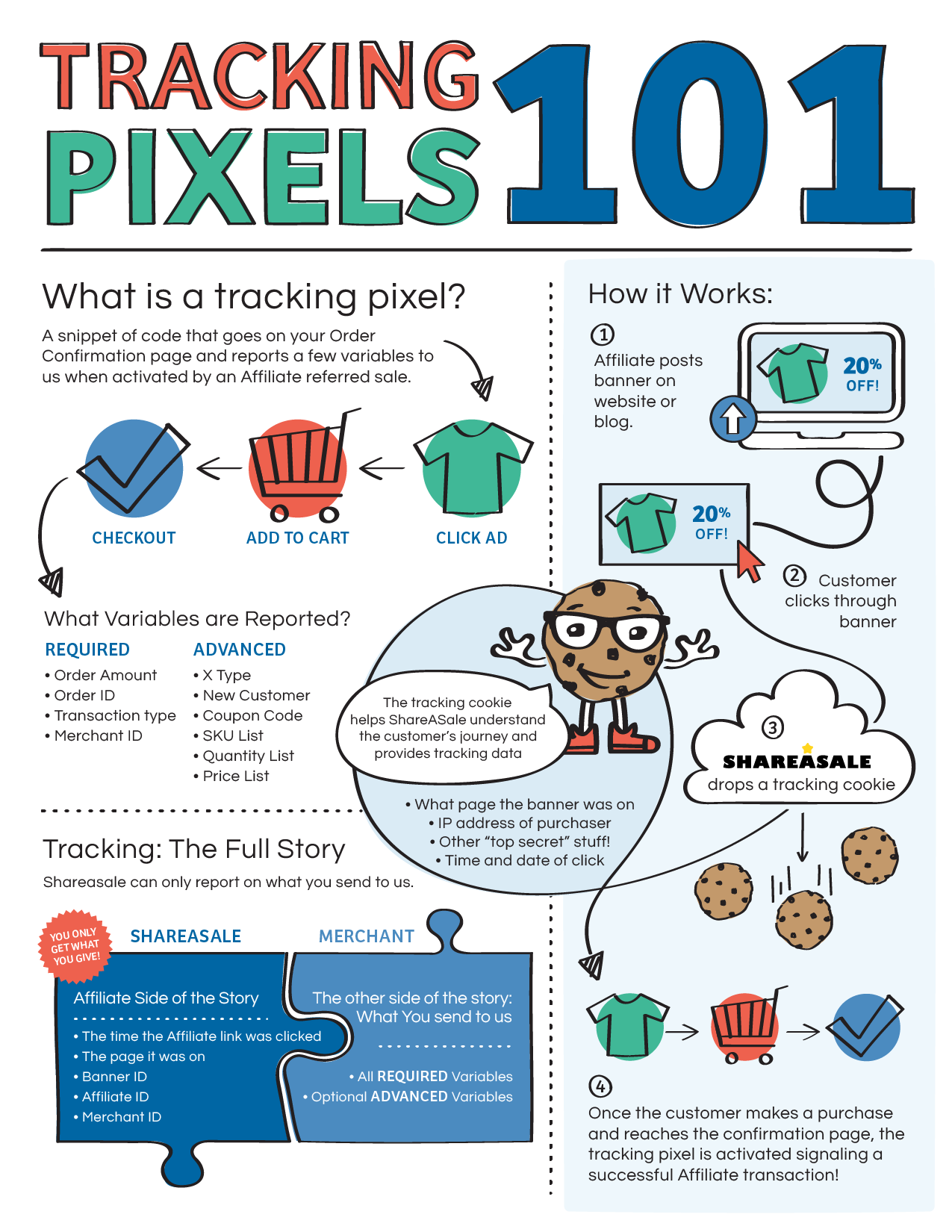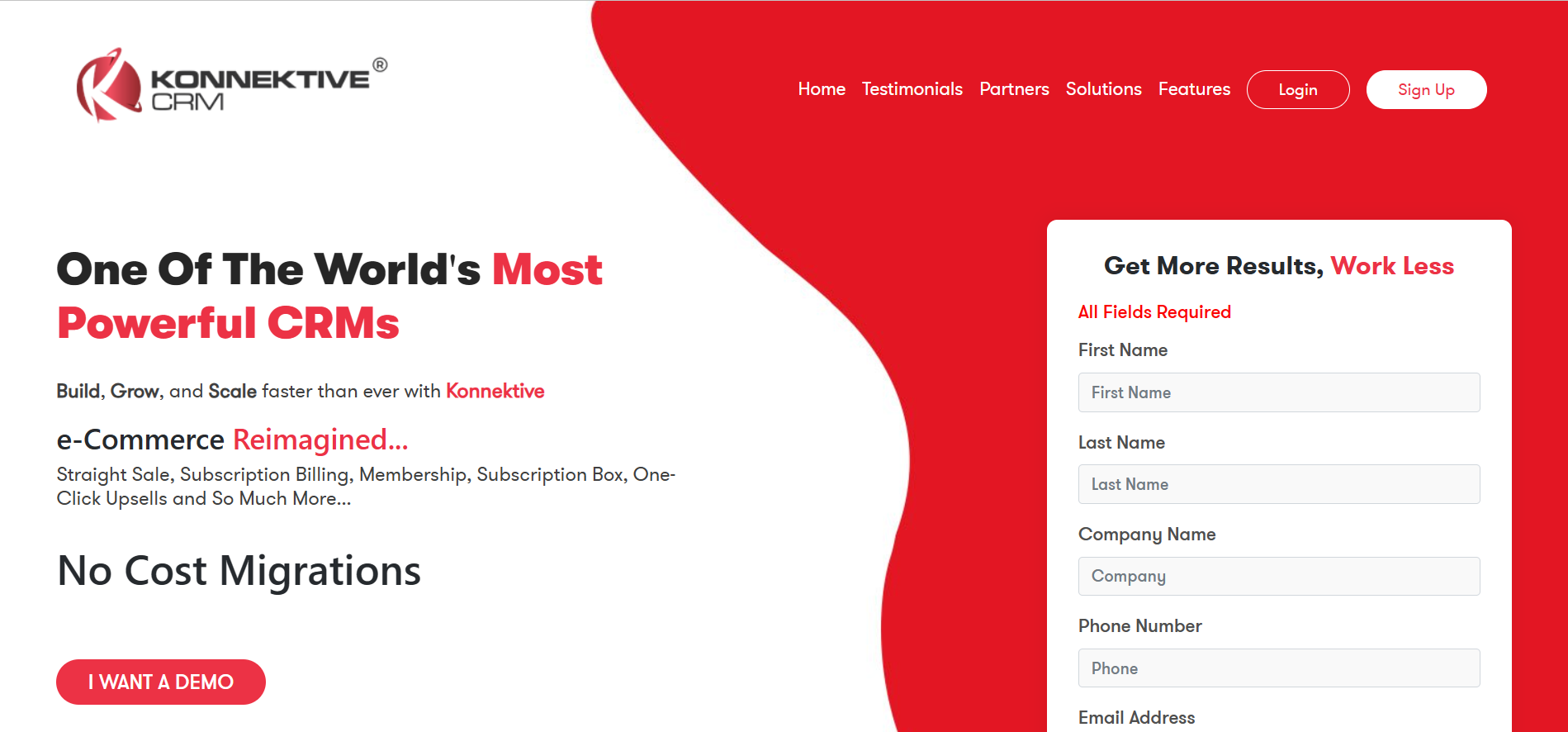How to Guide on Affiliate Tracking
Affiliate marketing is sold as the golden ticket to financial freedom.
With the potential for promising returns, affiliate marketing has become a hyper-competitive industry. Think of large websites like CNET, WireCutter, or Tom’s Guide, which serve as the go-to source for product reviews and recommendations.
The affiliate industry is valued at $14.3 billion in 2023, and 8 out of 10 brands offer an affiliate program.

If you want to leverage this growing industry, you’ll need to get really granular with your tracking.
In this guide, you’ll learn everything to know about the best ways to measure your affiliate marketing campaigns, so you can maximize commissions and scale your business to new heights.
What is Affiliate Tracking
Affiliate tracking helps you track the performance of your affiliate marketing campaigns. It involves using special links or codes to track a customer’s activity, such as:
-
Clicks
-
Leads
-
Sales
Attributing that activity to a specific affiliate allows you (the advertiser) to measure the effectiveness of your campaigns, so you can receive accurate commissions.

Here are the most important affiliate metrics you’ll want to pay attention to:
-
Referral: a sale or lead generated through your affiliate link
-
Visits or clicks: the number of people who clicks on your link
-
Impressions: Number of times your ad or offer has been seen
-
Paid referral: Affiliate sale has been paid out to you
-
Total earnings: The value of your sales
-
Conversion rate: The percentage of traffic that leads to sales
-
Return on Ad Spend: The total affiliate revenue compared to the cost of advertising.
Most Common Methods for Tracking Affiliate Marketing Campaigns
The most popular opinion about affiliate tracking is by using URL links. And while this is one of the options, there are a lot of other ways you can perform affiliate tracking.
Cookie Tracking
Cookies are tiny pieces of data stored in your user’s browser after visiting a web page. The user needs to provide consent before tracking cookies.
The cookies are used to track the user’s activity on the website, including purchases they make.

Pros:
-
Tracks user’s activity across multiple sessions
-
Easy to implement
-
Can track different types of metrics such as clicks, impressions, conversions, revenue
-
Time spent on page and subpages
-
Personal data like gender, location, and age
Cons:
-
Requires consent
-
Can’t be tracked across multiple devices that belong to the same person
-
Cookies can be erased from the browser
Server-to-server Tracking
Unlike cookie tracking, server-to-serving doesn’t depend on the user’s willingness to store their cookies in their browser. Instead, the tracking data is stored on the network’s and advertiser’s servers.
It bypasses any tracking codes, so no JavaScript is needed on your website.

When users come from your affiliate link and complete the conversion, they’ll be assigned a unique identifier. It’ll then send the data back to the advertiser.
From there, the advertiser’s tracking system finds the matching unique ID, allowing the affiliate network to trace the sale back to you.
Pros:
-
Privacy-friendly
-
Operates on a server level, so no conversion is omitted
-
More accurate and reliable since it bypasses issues like browser settings and ad blockers
Cons:
-
It may not be available by all affiliate programs
Pixel Tracking
Pixels allow affiliates to track conversions directly from the affiliate tracking platform. These pixels can be either JavaScript, image pixels, iFrame, or postback URLs. Typically, you’d place an image on your order confirmation page.
When users click the link, the pixel is triggered and senses the tracking required to the affiliate network or tracking software. The conversion and attributes are then recorded.

Pros:
-
More accurate than cookies since users can delete or block them
-
Provides real-time tracking
-
Can track where the user came from, such as Facebook, Google, etc
Cons:
-
Some ad-blockers can block pixel tracking
Why You Need an Affiliate Tracking Software
Scaling your affiliate marketing business becomes increasingly difficult; the more campaigns you run and the more offers you sell. Simply put, affiliate tracking software makes your life easier. Imagine a world where you replace logging into Google Analytics and all your affiliate networks.
Instead, you can access all your campaign data with just one login. An affiliate tracking software helps you manage and optimize the performance of your offers.
Here are a few benefits of using tracking software:
-
In-depth metrics: Track more than just clicks and sales. The best tracking software provides metrics, including page views, impressions, transactions, and purchases.
-
User-friendly dashboards and reports: Real-time reporting lets you measure the success of your traffic sources, campaigns, and target audience
-
Fraud protection: Tracking software uses anti-fraud algorithms to detect fraudulent behavior, such as bot traffic or click farms.
-
Link generation: You can automate the process of creating affiliate links.
How to Implement Affiliate Tracking
The best way to track your affiliate offers is through Konnektive CRM. Unlike Google Analytics or other tools, it can be tricky to set up and doesn’t provide the full spectrum of features that Connective CRM has.
Follow these steps to implement affiliate tracking:
1. Set Up Konnektive CRM
Our software aggregates thousands of data points into one singular dynamic reporting suite.
It connects to your affiliate networks, advertising platforms, e-commerce stores, WordPress sites, and so much more.

Konnektive CRM doesn’t just stop at tracking links.
It’s a powerhouse suite filled with dynamic features to fuel your business. You’ll have access to one-click upsells and order bundling to help increase the lifetime value of each customer, which can be placed on the order confirmation page.
2. Generate Tracking Links
Each affiliate should have a unique tracking link so that the network can track referrals. Set up your affiliate program through the network and create unique links for each offer.
3. Implement Tracking Code
Install the pixel code onto your website and your advertising platform. The code monitors the actions of referred visitors, such as clicks, sign-ups, and purchases. Once you’ve got your tracking links and codes, you can define the conversion events you want to see in your dashboard.
At Konnektive CRM, we do everything possible to ensure your success.
Our dedicated account manager ensures your system is all set up so that you’re accurately tracking your offers without hiccups.
Increase Sales with Affiliate Tracking from Konnektive CRM
Affiliate analytics are crucial to your success. They allow you to spot problems and run your campaigns more effectively. Of course, to receive these insights, you’ll first need a powerful affiliate tracking software that provides access to the right metrics.
Fortunately, you won’t have to look far to find the right tool.
Konnektive CRM has everything you need to build, analyze, and optimize your campaigns and content at scale.
Book a demo with our specialists to learn more about how we can improve your affiliate tracking.





